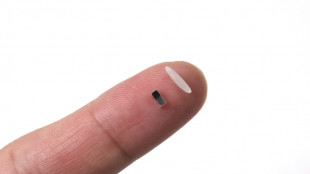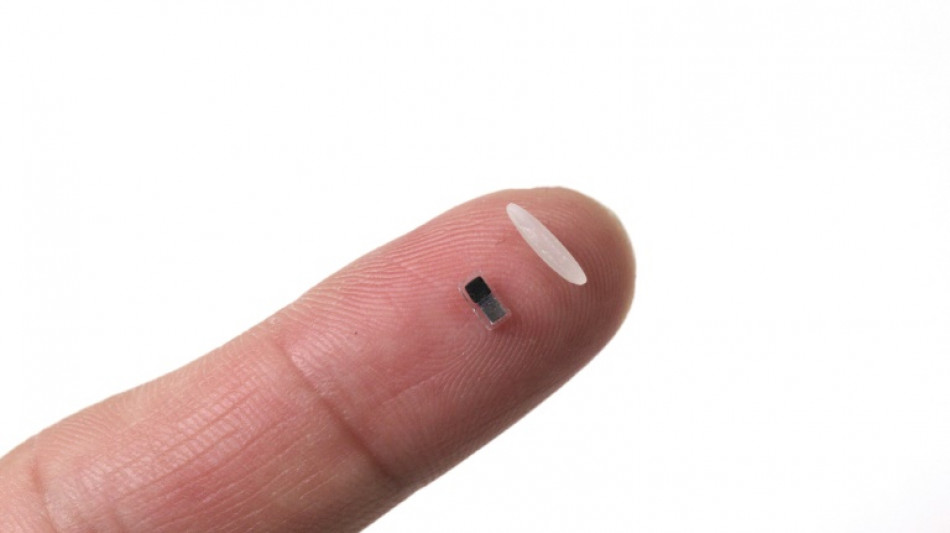
-
 Iconic Paris hotel Lutetia taken over by Mandarin Oriental
Iconic Paris hotel Lutetia taken over by Mandarin Oriental
-
Nepal capital chokes as wildfires rage
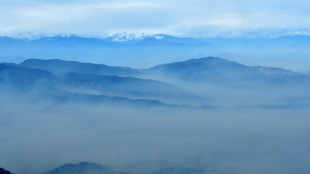
-
 AI could impact 40 percent of jobs worldwide: UN
AI could impact 40 percent of jobs worldwide: UN
-
'Shocking': US tariffs worse than feared for Vietnamese exporters

-
 Liverpool's Slot happy to let Premier League title bid take its course
Liverpool's Slot happy to let Premier League title bid take its course
-
USA sole bidder for 2031 Women's World Cup, UK set to host in 2035

-
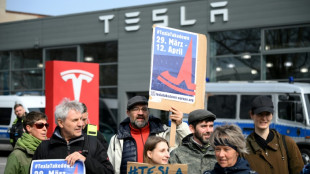 Tesla sales fall again in Germany amid Musk backlash
Tesla sales fall again in Germany amid Musk backlash
-
Italy's skiing champion Brignone air-lifted to hospital after crash

-
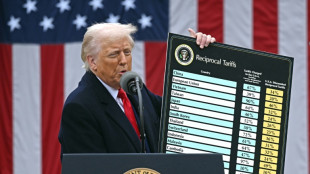 US trade partners eye talks after Trump tariff blitz
US trade partners eye talks after Trump tariff blitz
-
Evenepoel adds Tour de Romandie to comeback programme
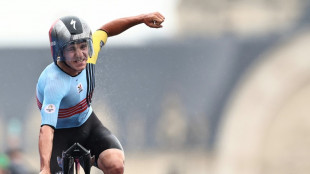
-
 Defending champion I Am Maximus heads final field for Grand National
Defending champion I Am Maximus heads final field for Grand National
-
Rubio says US committed to NATO - but tells allies to spend more
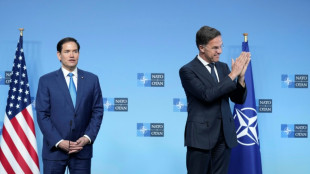
-
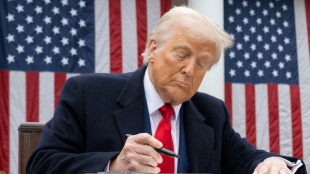 Dollar, stocks sink as gold hits high on Trump tariffs
Dollar, stocks sink as gold hits high on Trump tariffs
-
India eyes opportunity despite Trump tariffs hit

-
 UK show reveals tawdry tale of Shakespeare folio theft
UK show reveals tawdry tale of Shakespeare folio theft
-
Top Russian official in Washington for talks on improving ties
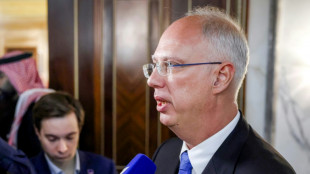
-
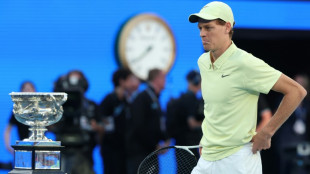 Sinner's former physio to blame for failed dope tests, says ex-physical trainer
Sinner's former physio to blame for failed dope tests, says ex-physical trainer
-
Germany slams Trump tariffs, US tech titans in crosshairs
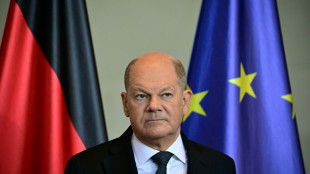
-
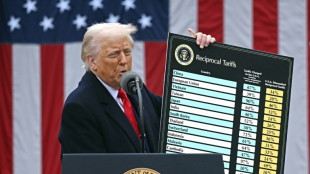 Trump tariff blitz sparks retaliation threats, economic fears
Trump tariff blitz sparks retaliation threats, economic fears
-
Search for Malaysia's long missing MH370 suspended
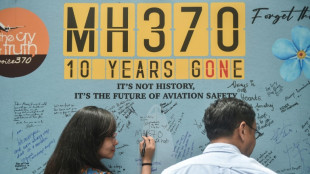
-
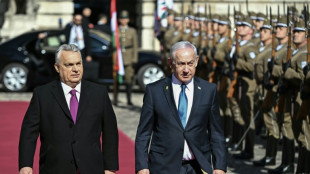 Hungary announces ICC withdrawal as Israel's Netanyahu visits
Hungary announces ICC withdrawal as Israel's Netanyahu visits
-
Trump's tariffs sting Asian giants, including US allies

-
 India says 'examining the implications' of US tariffs
India says 'examining the implications' of US tariffs
-
Evenepoel set to make injury return at Tour de Romandie
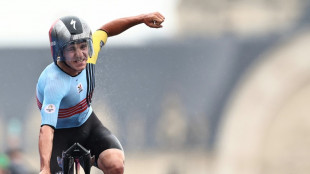
-
 USA sole bidder for 2031 Women's World Cup, UK set to host in 2035 - Infantino
USA sole bidder for 2031 Women's World Cup, UK set to host in 2035 - Infantino
-
McLaren's Norris says it's 'our turn' for success

-
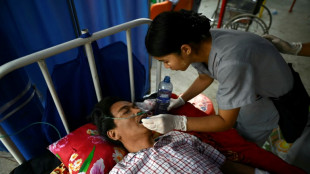 Lessons and liquids: buried alive in Myanmar's earthquake
Lessons and liquids: buried alive in Myanmar's earthquake
-
Trump tariffs spark fears for Asian jobs, exporting sectors
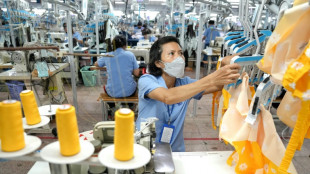
-
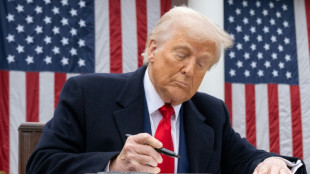 Stocks and dollar sink, havens rally as Trump tariffs fan trade war
Stocks and dollar sink, havens rally as Trump tariffs fan trade war
-
Runners fly to North Korea for first post-Covid Pyongyang Marathon
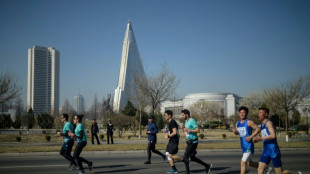
-
 Hamilton rubbishes claims he's lost faith in Ferrari
Hamilton rubbishes claims he's lost faith in Ferrari
-
Nintendo Switch 2 sparks excitement despite high price

-
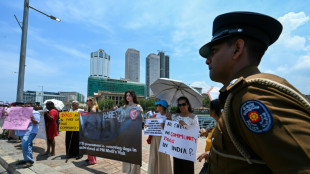 Sri Lanka's crackdown on dogs for India PM's visit sparks protest
Sri Lanka's crackdown on dogs for India PM's visit sparks protest
-
S Korea police raise security levels ahead of impeachment verdict

-
 China vows 'countermeasures' to sweeping new US tariffs
China vows 'countermeasures' to sweeping new US tariffs
-
Trump jolts allies, foes and markets with tariff blitz
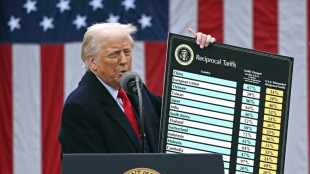
-
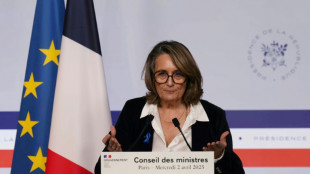 France says EU to target US online services after Trump tariffs
France says EU to target US online services after Trump tariffs
-
Tsunoda vows to bring 'something different' after Red Bull promotion
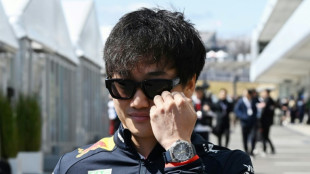
-
 Verstappen not happy with Tsunoda-Lawson Red Bull swap
Verstappen not happy with Tsunoda-Lawson Red Bull swap
-
Experts accuse 54 top Nicaragua officials of grave abuses
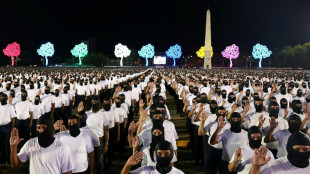
-
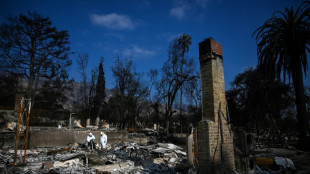 Remains of 30th victim of Los Angeles fires found
Remains of 30th victim of Los Angeles fires found
-
EU to target US online services after Trump tariffs: France
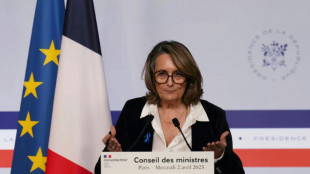
-
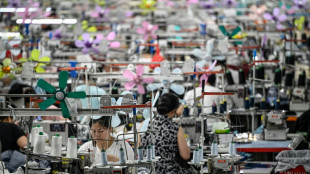 How Trump's 'liberation day' tariffs will impact China
How Trump's 'liberation day' tariffs will impact China
-
Malaysia suspends search for long-missing flight MH370
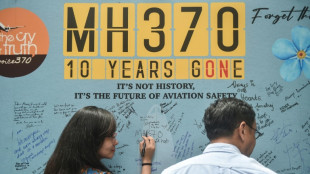
-
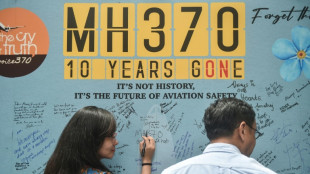 Search for long-missing flight MH370 suspended: Malaysia minister
Search for long-missing flight MH370 suspended: Malaysia minister
-
Europe hits out at Trump tariffs, keeps door open for talks
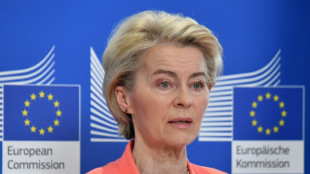
-
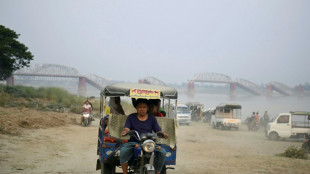 Myanmar's junta chief to head to Bangkok summit as quake toll surpasses 3,000
Myanmar's junta chief to head to Bangkok summit as quake toll surpasses 3,000
-
Lawson vows to prove he belongs in F1 after shock of Red Bull axing

-
 Australia sweats through hottest 12 months on record: official data
Australia sweats through hottest 12 months on record: official data
-
Livestock theft is central to jihadist economy in west Africa
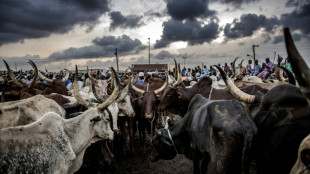

World's tiniest pacemaker is smaller than grain of rice
Scientists said Wednesday they have developed the world's tiniest pacemaker, a temporary heartbeat regulator smaller than a grain of rice that can be injected and controlled by light before dissolving.
While still years away from being tested in humans, the wireless pacemaker was hailed as a "transformative breakthrough" that could spur advances in other areas of medicine.
Millions of people across the world have permanent pacemakers, which stimulate hearts with electrical pulses to ensure they beat normally.
The US-led team of researchers behind the new device said they were motivated to help the one percent of children born with congenital heart defects who need a temporary pacemaker in the week after surgery.
The pacemaker could also help adults restore a normal heartbeat as they recover from heart surgery.
Currently, temporary pacemakers require surgery to sew electrodes onto heart muscles, with wires connecting to a powered device on the patient's chest.
When the pacemaker is no longer needed, doctors or nurses pull out the wires, which can sometimes cause damage.
Neil Armstrong, the first person to walk on the Moon, died from internal bleeding after his temporary pacemaker was removed in 2012.
But the newly developed pacemaker is wireless. And at just one millimetre thick and 3.5 millimetres long, it can fit into the tip of a syringe.
It has also been designed to dissolve into the body when no longer needed, sparing patients invasive surgery.
- 'Significant leap forward' -
The pacemaker is paired to a soft patch worn on the patient's chest, according to a study describing the device in the journal Nature.
When the patch detects irregular heartbeats, it automatically flashes light that tells the pacemaker what heartbeat it should stimulate.
The pacemaker is powered by what is called a galvanic cell, which uses the body's fluids to convert chemical energy into electrical pulses that stimulate the heart.
So far, the pacemaker has worked effectively in tests on mice, rats, pigs, dogs and human heart tissue in the lab, according to the study.
Senior study author John Rogers of Northwestern University in the United States told AFP he estimated the pacemaker could be tested in humans in two to three years.
His lab has launched a start-up to pursue this goal, he added.
In the future, the underlying technology could also "create unique and powerful strategies to address societal challenges in human health," Rogers said.
Bozhi Tian, whose lab at the University of Chicago has also developed light-activated pacemakers but was not involved in the latest research, called it a "significant leap forward".
"This new pacemaker is a transformative breakthrough in medical technology," he told AFP.
"It's a paradigm shift in temporary pacing and bioelectronic medicine, opening up possibilities far beyond cardiology -- including nerve regeneration, wound healing and integrated smart implants."
Heart disease is the world's leading cause of death, according to the World Health Organization.
L.Harper--AMWN

